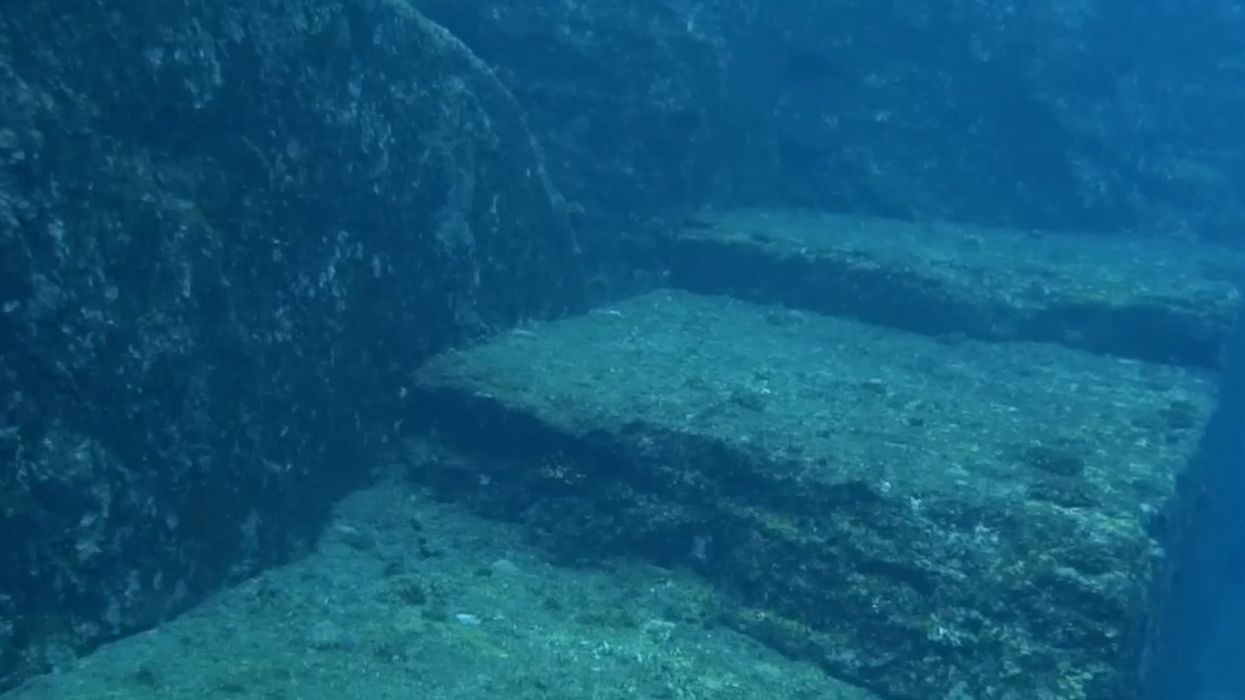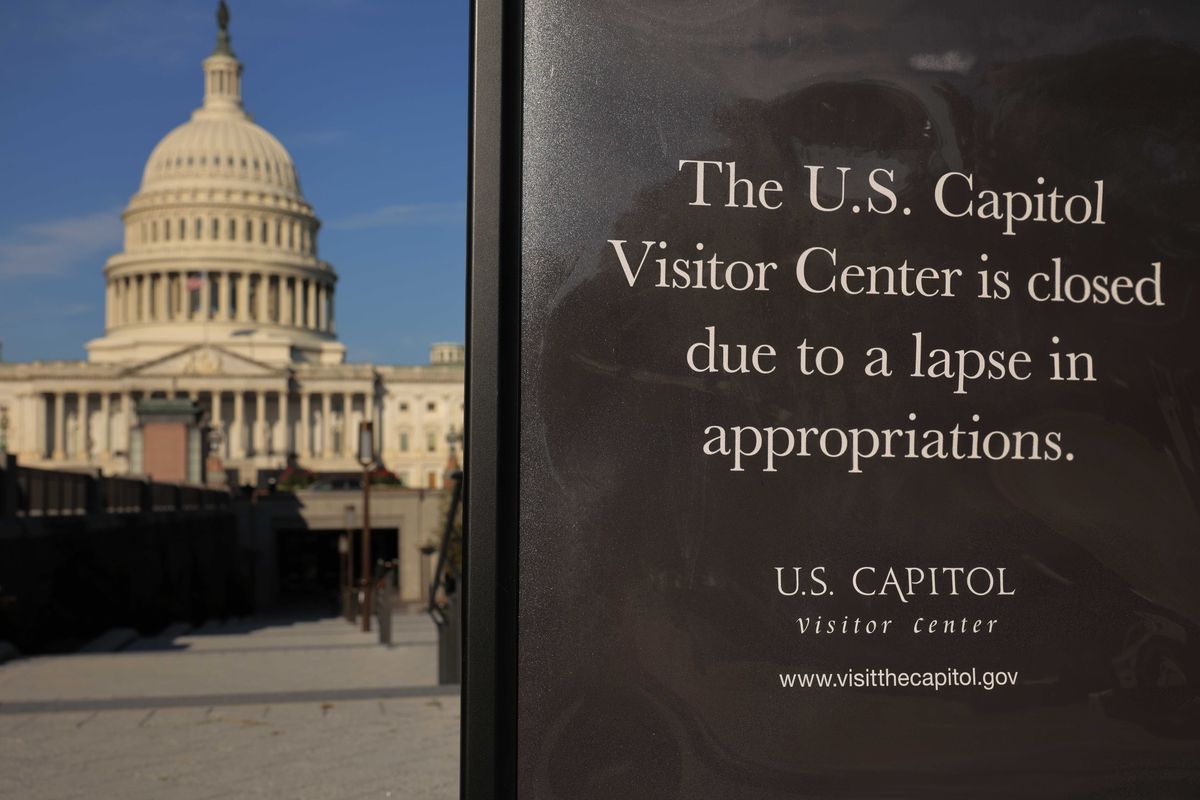Science & Tech
Harriet Brewis
Oct 02, 2025
Japan's ancient underwater 'pyramid' remains one of world’s great mysteries
BBC
Hidden beneath the waters surrounding Japan’s Yonaguni island are the towering ruins of a 10,000-year-old city built by a lost civilisation.
That is, at least, what many experts think.
The jaw-dropping formations consist of a stacked pyramid-like monument, along with structures resembling the remains of a castle, temples, an arch and a stadium, all of which seem to be connected by roads.
"The largest structure looks like a complicated, monolithic, stepped pyramid that rises from a depth of 25 meters [82 feet]," marine biologist Masaaki Kimura explained to National Geographic back in 2007.
At the time, Kimura had been mapping the strange structures for more than 15 years, and each time he dived down to see them he became more convinced that they were part of an ancient town.
He, and others, posited that they may have been built by the country’s Jōmon people: hunter-gatherers who inhabited the islands as early as 12000 BC, the BBC reports.
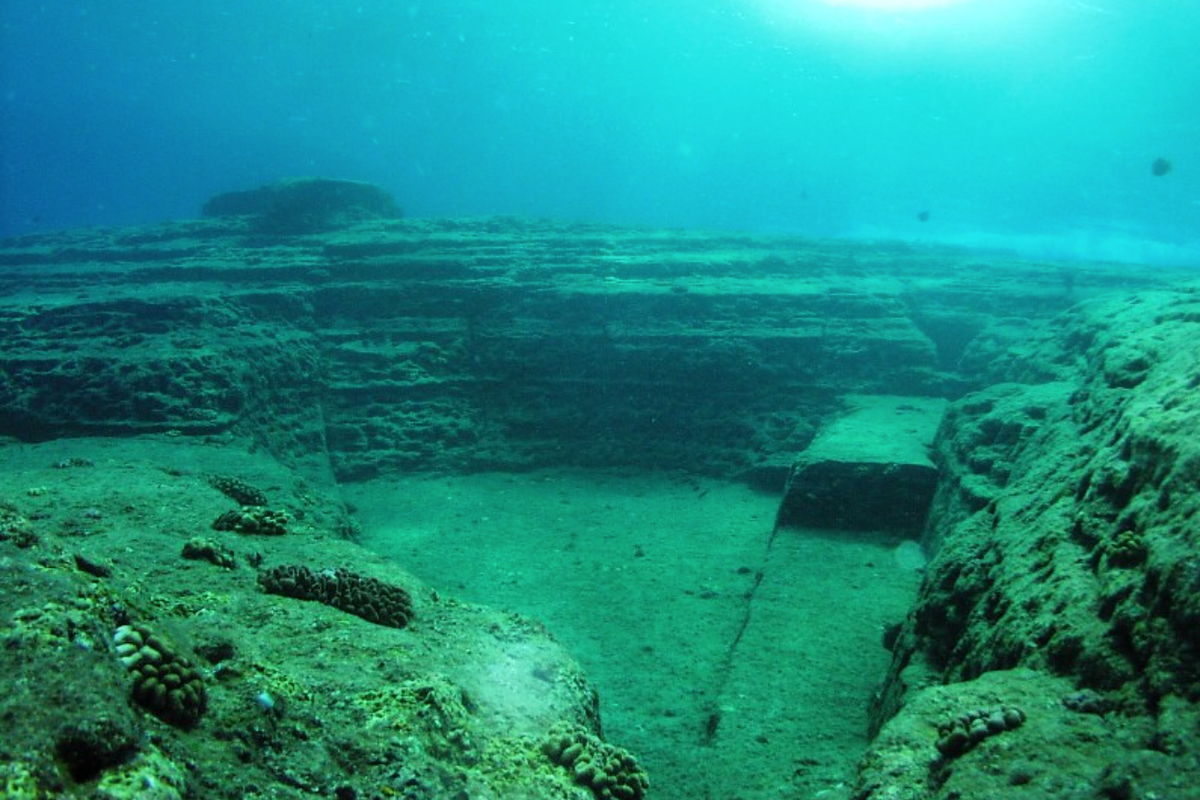
However, not everyone is convinced by this idea of a Japanese Atlantis.
Robert Schoch, a professor at Boston University, who has explored the site himself, said he believed the Yonaguni Monument (as it’s now known) is not manmade at all.
Referring to its platforms and terraces, he told National Geographic: "It's basic geology and classic stratigraphy for sandstones, which tend to break along planes and give you these very straight edges, particularly in an area with lots of faults and tectonic activity.”
It’s now been more than 16 years since the two men spoke to the magazine, and 37 years since the monument was discovered, and yet the truth of its origins remains a mystery.
A local diver first stumbled across it back in 1986, when he noticed the “pyramid’s” almost perfectly straight steps.
Since then, theories have abounded as to where on Earth it came from.
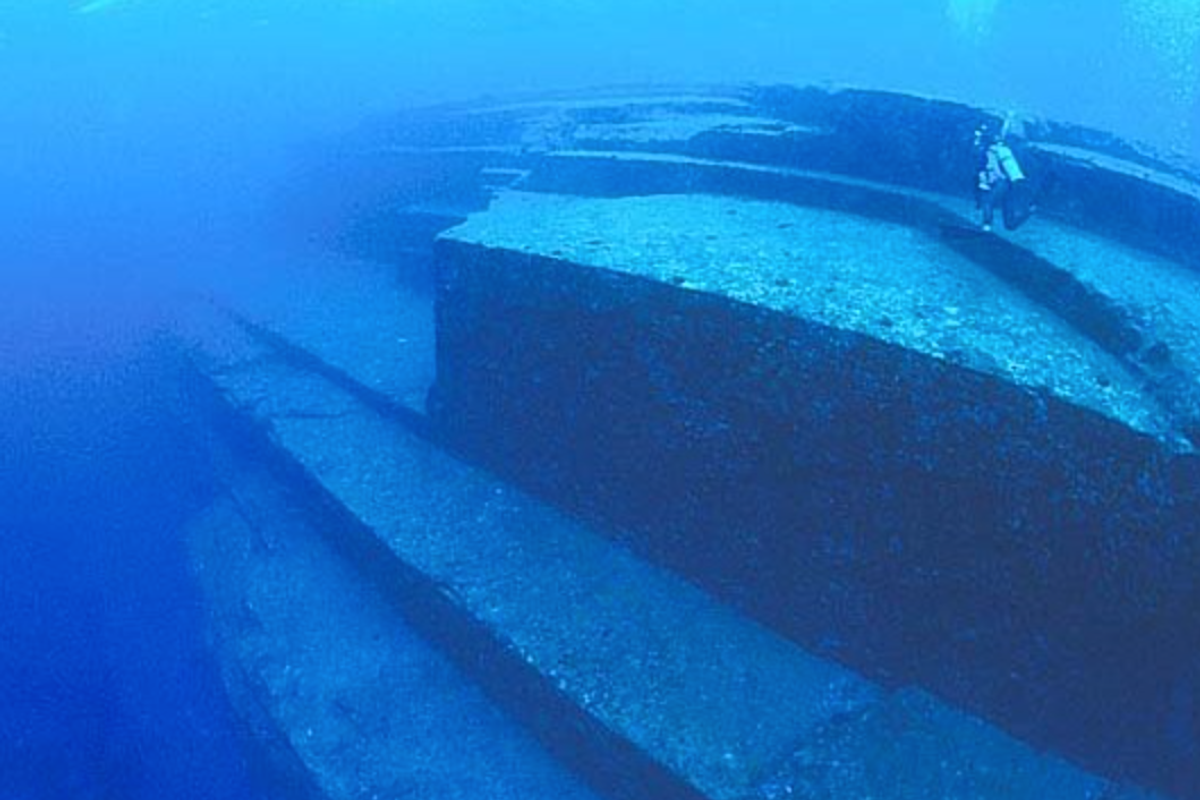
Some, including Kimura, believe that the towering apparition was once part of the fabled Pacific continent of Mu which, according to legend, was submerged beneath the waves by a great cataclysm.
His justification for such a conclusion is two-fold.
First, he claims to have identified quarry marks in the stone and to have found rocks that appear to have been sculpted to look like animals.
“One example I have described as an underwater sphinx resembles a Chinese or ancient Okinawan king," he told National Geographic.
Secondly, he pointed out that the region, in the Pacific Ring, is famous for its intense seismic events.
Kimura noted that a tsunami, whose waves towered some 40 metres high (131 feet), struck Yonaguni island and the surrounding area back in 1771.
The disaster left some 12,000 people dead or missing, according to Japanese newspaper Yomiuri Shimbun, and research conducted at the University of Tokyo suggests the area is blighted by tsunamis every 150 to 400 years.
In other words, a similar event might have drowned out the Yonaguni Monument.
Toru Ouchi, an associate professor of seismology at Kobe University, told National Geographic that he supported Kimura's theory, insisting the structures couldn’t have been created by plate tectonics.
"I've dived there as well and touched the pyramid," he said. "What Professor Kimura says is not exaggerated at all. It's easy to tell that those relics were not caused by earthquakes."
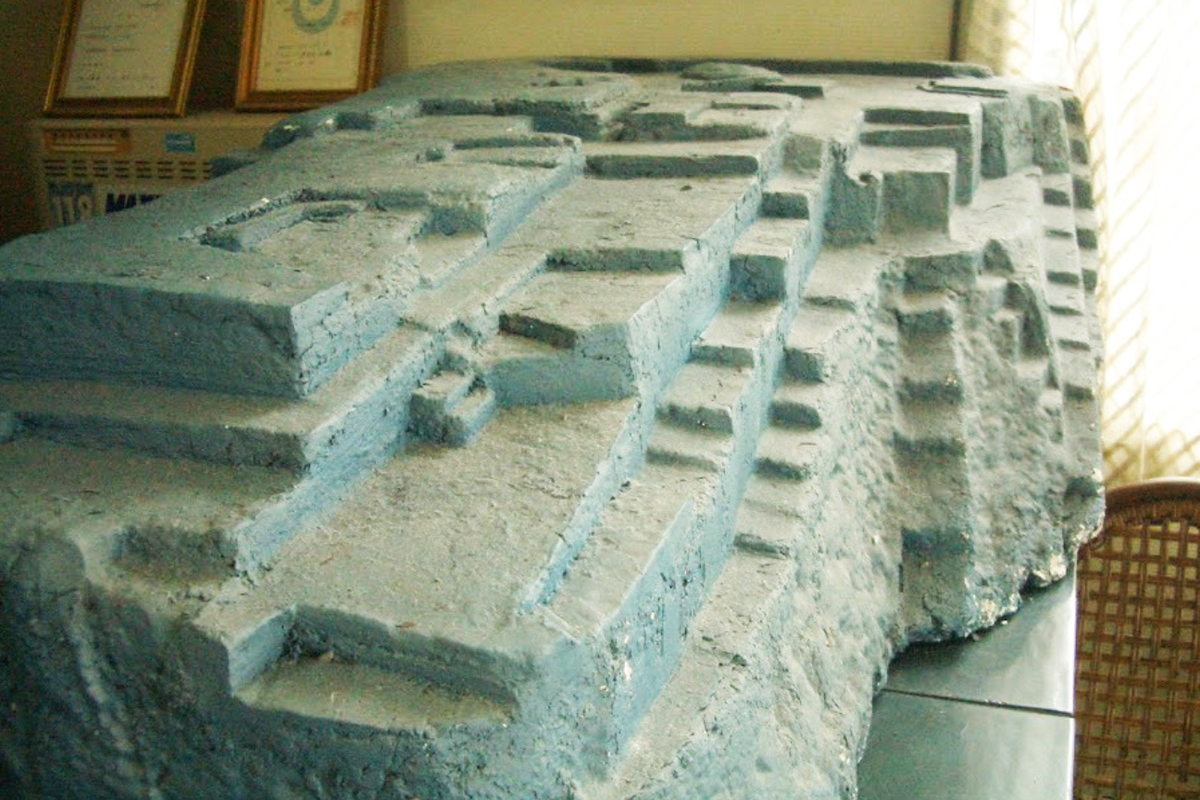
Nevertheless, Prof Schoch, among others, would not be moved by these arguments.
"The first time I dived [to the monument], I knew it was not artificial," he stressed. "It's not as regular as many people claim, and the right angles and symmetry don't add up in many places."
Similarly, the Boston University professor insisted that holes and markings in the rocks were most probably caused by underwater eddies or marine creatures.
"Professor Kimura says he has seen some kind of writing or images, but they are just scratches on a rock that are natural," he said.
"He interprets them as being manmade, but I don't know where he's coming from."
Ultimately, the case made on both sides is so convincing that, so far, no one has categorically got to the bottom of the mystery.
But the truth is surely lying there somewhere, waiting to be discovered, down at the bottom of the sea.
Why not read...
'World’s oldest pyramid' built 25,000 years ago was not made by humans, archaeologists claim
Space discovery shows that the pyramids were built using ingenious method
Sign up for our free Indy100 weekly newsletter
Have your say in our news democracy. Click the upvote icon at the top of the page to help raise this article through the indy100 rankings
Top 100
The Conversation (0)
